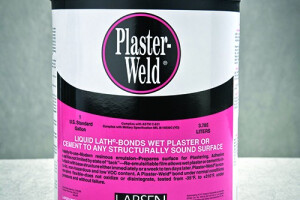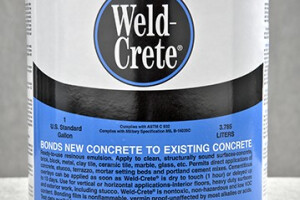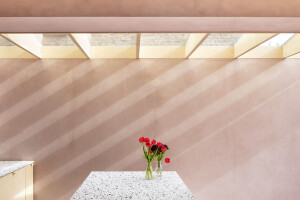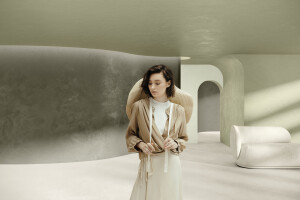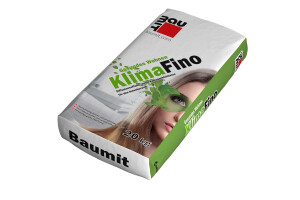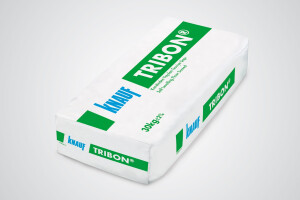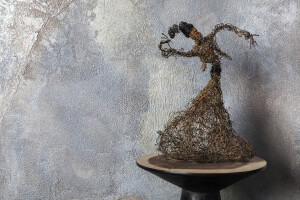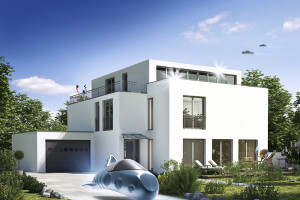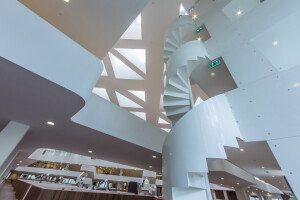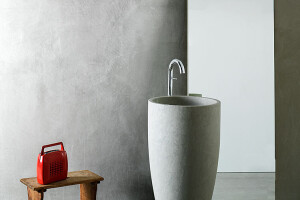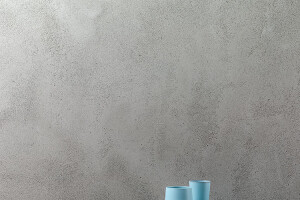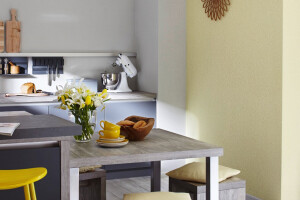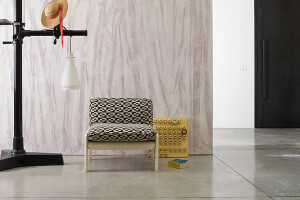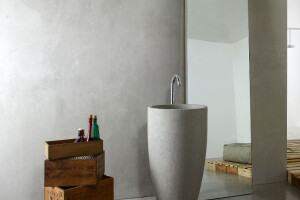Plasters
All about Plasters
Plastering the walls and ceilings of a residential or commercial building offers several advantages. Many people consider plaster and render (stucco) as same thing. This is incorrect. Render is used to construct buildings, walls and surfaces. Plaster improves building walls with a polish layer and decorates ceilings, walls and other surfaces with excellent an finish.
Architects and interior designers typically specify plasters when a coarse surface needs to be converted into a smooth one. Plastering solutions are well known for their high resistance to knocks and dents, their durability and enhanced aesthetic appeal.
Basically, plaster products can be found in three different types including lime, cement and gypsum plasters. Lime plaster refers to a mixture of lime and sand. They are widely applied to finished surfaces and used as an undercoat as well. Cement plaster is a combination of cement and sand. Water is also added to prepare this type of plaster.
Gypsum plaster is relatively a new option that offers several benefits. As the name suggests, this plastering material is made using partial or complete dehydration of gypsum. Gypsum is highly favored as an interior and exterior plastering material due to its high resistance to cracking and shrinkage. By heating gypsum to a certain level of temperature, various natures of plasters can be obtained including one coat, finish undercoat, casting and machine applied plaster.
There are several different types of plaster finishes. The most common types of plaster finishes are scraped finish, pebbled finish, ash finish, sand faced finish, roughcast finish and smooth cast finish. Long lasting, plastering walls safeguards them from heat, humidity, rainwater and other hostile climatic conditions. Pollution free in nature, plastered walls and ceilings resist dust accumulation effectively.
Various types of plaster finishes can be applied to improve the decorative appeal of a home or office. In addition to providing an enhanced décor, plasters offer outstanding thermal and acoustic properties. Because of their energy efficient properties, many architects recommend plastering solutions to reduce energy bills.
With the extensive use of plasters, the structural load on a building can be reduced considerably. A key aspect of plastering solutions is that their sustainability credentials are highly appreciable. There is no dust produced by plaster except for a negligible amount released when water and powder are first combined. This aspect plays a vital role in making plasters an unavoidable component within the green building industry and movement.
Plasters do not require sanding and take less time to finish. In addition to finishing, plastering solutions can be used for purposes such as leveling and bonding. It is hard to find a better solution that offers a perfect finish to improve and decorate walls, ceilings and other types of surfaces in an environment friendly and affordable way.
The Best Plasters Brands on Archello
Are you an interior decorator or a painting contractor? We welcome engineers, building contractors, architects, interior designers, home owners, commercial property owners and contractors to use our product selector to find the right plaster solution for unique project specifications.



